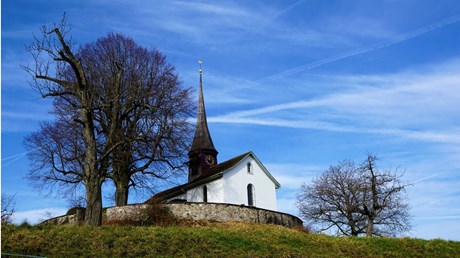As long as the Kingdom of God is being built, we can be thankful for diversity in approaches.

It is important to remember that ‘missiology’ is not a thing. It is things.
Some people say, “We just have to think missiologically.” But, they need to know that a missiology of a tribal people group in Papau New Guinea is very different than a missiology of Chicago’s Lincoln Park neighborhood.
As such, when we think missiologically, there is not one right way to plant a church, so it is worth looking at how churches are planted.
Let’s face it: sometimes, there is arrogance among church planters. Not you, but some of the others!
Often, this is just part of the entrepreneurial spirit that often accompanies people who start new things. Many times, new projects are started in order to ‘do right’ what previous starters ‘did wrong’.
In fact, you will find that frustration coupled with attempts to rebuild a broken structure often erupt into a drive to build something completely new. Building something new is good. But it isn’t good to plant a church for the wrong reasons, or to plant a church to show the world how it should be done right.
Today, church plants are everywhere, and cover a multitude of expressions and tracks. Let me share just two and talk a bit about the history that created the second.
Track 1: From a Home Bible Study Onward
Before the 1980s, people primarily planted churches along one track. You would start a home Bible study with a few people. It would grow for months, and then when you hit maybe 16-24 people, or a core of four or five families, you would move into the chapel stage.
This would include more traditional church elements. Then, whenever you had enough families to be self-supporting, and put people in place for leadership or church officers ...
from
http://feeds.christianitytoday.com/~r/christianitytoday/ctmag/~3/UvlCW20cJr8/history-of-church-planting-two-models.html
No comments:
Post a Comment